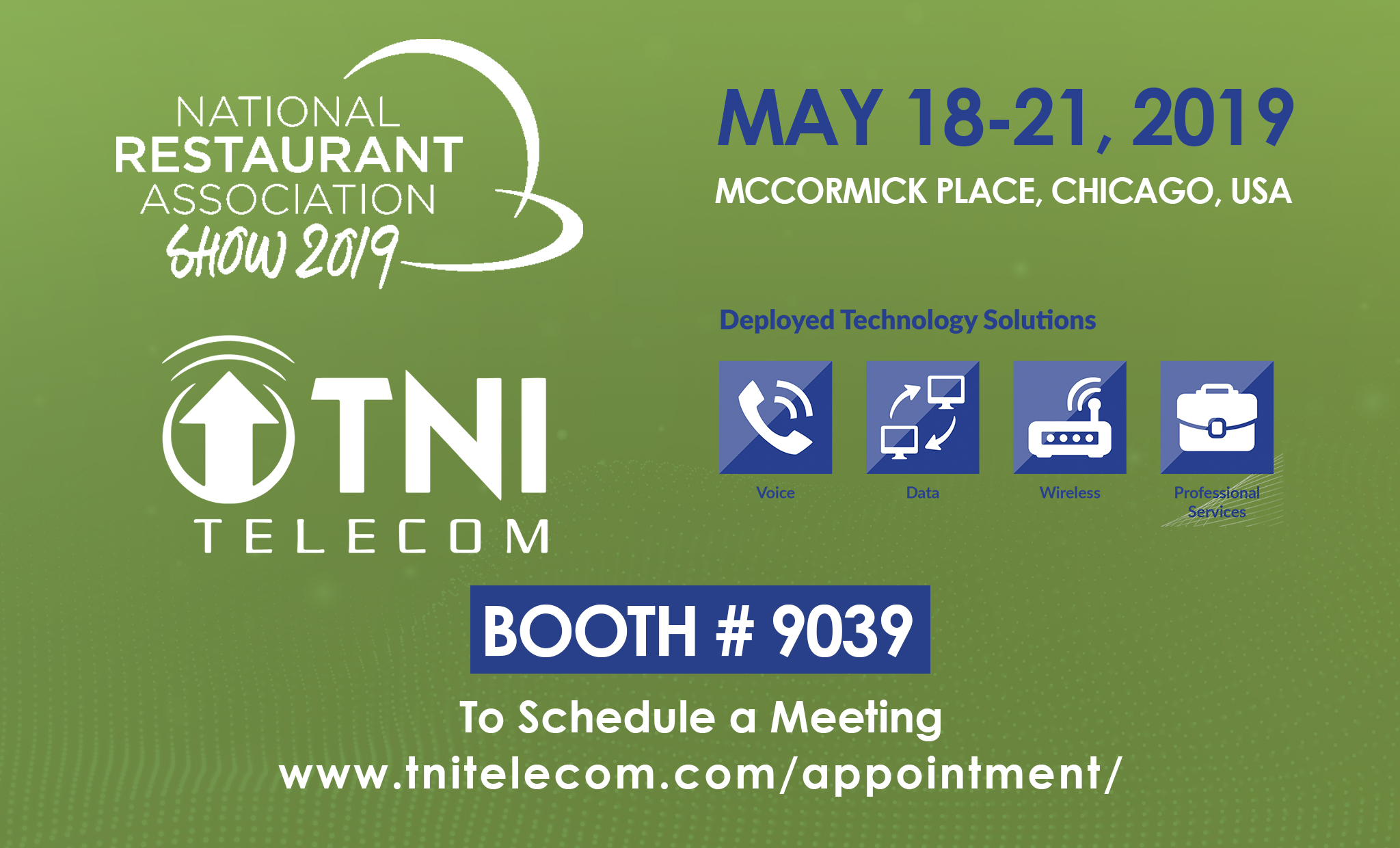What does IT Deployment Mean?
It means deployment of business friendly software within the system to help integrate numerous functions into seamless processes. Considering the general IT deployment process, it is usually dependent on numerous interconnected tasks or activities with specified transitions between each of them. Since every software deployment system is different and requires certain dependent and independent variables, thus the exact mechanism of minute processes happening in each activity can hardly be explained in detail.
When it comes to deployment of IT based software in organizations, different deployment systems are used including but not limited to, end-to-end deployment, break fix support, data center smart hands services, and national rollouts. Each IT Deployment service plays a major role in any organization’s functioning, let it multi-site rollout services or professional installs for both federal and commercial organizations.
Since IT Deployment Services require expertise of the field services, TNI Telecom is your one-stop solution for error-free professional installs , Break-fix within organizations. We offer cost-effective solutions to small and large organizations with Scalability, Expertise for the streamlined processes.
Advantages of Investing in Reliable IT Deployment Services
Software and Hardware IT deployment brings potential key advantages to an organization. Day-to-day tasks such as installation, uninstallation and deployment on each computer within the organization along with hardware support is considerably time-consuming and requires a lot of effort. However, investing in the right IT Deployment service provider can save your time.
The benefits associated to it are numerous, let’s dig in and get to know each in detail:
Reliability –If you can’t rely on the IT Deployment service provider for professional installs you can never be able to run your processes in a seamless manner. Furthermore, a team of professionals with the right set of skills would help the businesses in the deployment process of multiple technologies. Thus, it is highly recommended to find a reliable IT Deployment Service provider.
Time-Saving – In today’s rapidly evolving world, hospitality industry, C-Stores, financial institutions, and other organizations seek technologically advanced (deployment Process) to make their processes aligned, friendly and effortless to use. Considering this demand, IT deployment makes for speedy roll-outs within hours that are deployed by professionals Engineers. It helps the organizations weather they’re large or small to complete their projects in a timely manner and saves their time as well as cost.
The process for installation options are different and require a certain set of expertise and professionalism. As organizations are not well-equipped with such technical Skill-sets and Scalability acquiring IT deployment professionals can prove to be a smart choice.
Enhance Security – Proper Configuration and Deployment can help organizations in configuring the employee roles, permission & controls to certain documents and access points to sensitive information. This would also allow the businesses to keep track of user activity and monitoring of different activities.
Proactive Response – Data Center Smart Hands can turn out to be of great help during deployment process of Server Rack/Stack instances. Imagine deploying or upgrading servers in Multi-Site Data Center for large organization. professional assistance and with untechnical staff. Sounds difficult to do, right? This is the point where professional Data Center Smart Hands come in, they provide technical assistance during on-site installations of servers and offer a proactive or reactive solution to any issue that may arise during the installation or deployment process.
24/7 Project Management Support and Access – Having a professional IT Deployment Services provider assures 24/7 project management support and access to the companies. Fully equipped professionals will take care of the pre-post deployment maintenance and offer break-fix support to all IT related issues raised by the customers/clients.
Quality Assurance – Ensures quality management of tasks from start to end of professional installation of , our team of professionals ensures QA testing throughout the installation process and even offer post-installation customer support. The team makes sure that user requirements are met and no compromise on the quality of services or product has been made.
All of the above factors play a major role in a Error free functioning of IT deployed services. Thus, approaching and calling on-board the right IT deployment service provider can prove to be the best choice.. Another aspect to consider by both organizations and IT Deployment Service providers is to keep track of different crucial traps that may arise during deployment process.
3 Crucial Traps to Avoid in IT Deployment
No matter how many locations or sites are involved, large IT deployments require careful planning and consideration. Yet, even with a road map in place at the onset of a deployment, this type of initiative can remain a daunting and complex task.
Potential challenges that can arise during multisite infrastructure rollouts may include:
- Communication issues between several NOCs, Carriers
- Disparities in project knowledge due to staff renewal rate over time
- Gaps in audit trails and processes related to change orders
- Inability to manage the most recent versions of the deployment’s documentation
- Lack of compliance with standards and policies when managing many sites and contractors
- Mistakes in transferring project-related information
- Unplanned project delays
Choosing a solution is just the beginning. The process brings in several factors to look upon, however, the right company will always make sure to implement end-to-end deployment.
Although it can be a time-consuming process, selecting the right combination of hardware, services and software is only the first of many steps in an IT refresh. Subsequent steps include procuring, staging and rolling out the solution in a way that minimizes the impact the transition has on a company and its customers. There is also pressure to complete these large deployments as quickly and as cost-effectively as possible.
Every deployment will be different, and so will the technical aspects of each site. However, all organizations need to consider and account for common traps before embarking on an IT rollout. This article will further highlight these traps and provides solutions to help businesses avoid falling into them.
In analyzing dozens of large IT deployments, Insight has identified the three most common complications. Considering these traps in advance will increase the chances of delivering a successful rollout on time, on budget and with minimal interruption to business operations.
Trap 1: More Rollout Partners, More Complexity and Cost
Professional installs and IT deployments require a number of distinct disciplines to work together. Vital roles that will need to be filled include:
- Project planning and execution
- Dedicated Project Managers
- Product procurement and warehousing
- Integration of systems
- Logistics
- Deployment
- Post-install support
Not every organization has the ability to perform a large-scale deployment. Because most companies are not equipped to comprehensively address the needs outlined above entirely in-house, many team up with best-in-class partners to fill the gaps. In fact, according to 2016 IDC survey data, the majority of enterprises use external providers for large scale Multi-Site deployments.
When dealing with a national rollout, regional providers can only serve a specific geography. Using Multisite Deployment Providers will help a company cover more ground. However, using Small Deployment Vendor can produce a different set of challenges and risks.
With the introduction of each new partner, the complexities grow exponentially, as more planning, coordination, paperwork and handoffs are needed. All of these extra steps can increase the potential for misunderstandings, inconsistencies and mistakes. Furthermore, added intricacy can produce even greater risks, including slowed implementation, unnecessary costs and an absence of accountability.
Ultimate Solution: Consider National Deployment Provider who is Agile
Companies can reduce the number of rollout partners by choosing a partner that can perform as many rollout disciplines as possible, and that provides a strong project management office. One turn key partner can ensure gaps and execute the full Rollout.
Trap 2: Lack of consistency, control and accountability
Inconsistent methodologies, process and training for field resources result in a lack of consistency and delivery results. These issues can arise between phases or even among the various sites and can grind business to a frustrating halt during an IT rollout. Incomplete or inconsistent execution can also trigger costly slowdowns, including multiple site visits, drop shipment, and the staging of additional or replacement hardware.
The issues can compound. A lack of project control and accountability will only increase complications, as the ability to identify inconsistencies is quickly reduced. It is impossible to determine the cause and proper course of remediation if the discrepancies are not caught early.
Ultimate Solution: Develop common standards.
The 2016 IDC survey uncovered that end users experienced 46% less disruption when using Reliable National deployment provider, but it is imperative that everyone is on the same page. By establishing a common set of deployment standards, companies can ensure they maintain control and can increase accountability while also delivering consistent results throughout all aspects of the deployment.
Plot inconsistencies before the project commences, and develop standards that will address these potential variations and conflicts. Once standards are created, ensure the project management partner can support the project properly by providing these four resources:
- Dedicated, full-time project management staff
- Outlines of the hardware configuration and site standards
- Complete, detailed documentation
- A secure, accessible project portal to archive and maintain all Analytics and real time tracking
Additional key best practices organizations will need to implement to see success in a multi-site deployment include:
- Offer installation partners the means to easily access standards from anywhere and at any time.
- Close Co-ordination Weekly Conference calls to reinforce standards.
- Facilitate the documentation of downstream partners’ compliance on a site-by-site basis.
- Frequently review progress documentation to ensure standards are met.
Although multiple partners will often be necessary, taking these steps will ensure everyone is working from the same set of standards and expectations with the right processes in place to facilitate coordination and handoffs.
Trap 3: Accelerated deployment requirements
No matter the industry or size of the business, IT deployments can never happen fast enough. However, each added site involved in a deployment will increase the length of the rollout. With the standard three-year life of a PC, time can be of the essence when completing a rollout — especially when thousands of devices are being refreshed. Regulatory and compliance issues can also contribute to tight timeframes, and it is important to plan ahead when assets are reaching their end of life.
Anticipating the demand to speed a deployment in advance is critical. The good news is that leaning on an outside resource will accelerate the process. The IDC survey uncovered that organizations that used third-party providers were able to complete deployments up to 68% faster than those that did not. However, companies still need to vet third-party partners thoroughly in order to ensure they can meet timelines.
Ultimate Solution: Select partners that can scale.
To combat timeline snags that could arise, organizations should carefully choose an IT rollout partner or partners that can scale both systems and personnel. The initial rollout timeline may be developed around a realistic deployment schedule, but ask potential providers for a scenario that would include a 25–50% acceleration of the schedule.
Many aspects of a rollout can easily expand and speed up; however, an accelerated scenario often puts a strain on:
- Installation support
- Product sourcing
- Solution integration
- Disposition
It is recommended that organizations perform a stress test on potential rollout partners that will support these areas during the selection and project preparation phase. Regardless of whether the timetable actually accelerates, companies will know their partner can accommodate a schedule that is potentially twice as aggressive as originally planned, if needed.
Why Choose TNI Telecom?
TNI Telecom is a reliable IT deployment provider offering specific support at every phase of the IT deployment project, including:
- Planning and design
- Project management
- National command center
- Online procurement
- Warehousing and logistics
- Client-tailored reporting
- Device configuration
- Managed deployment
- Cabling
- Technical support
- Disposition services




